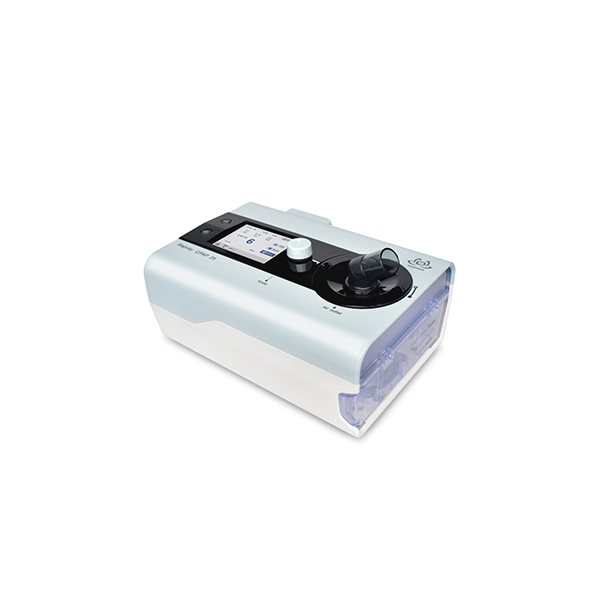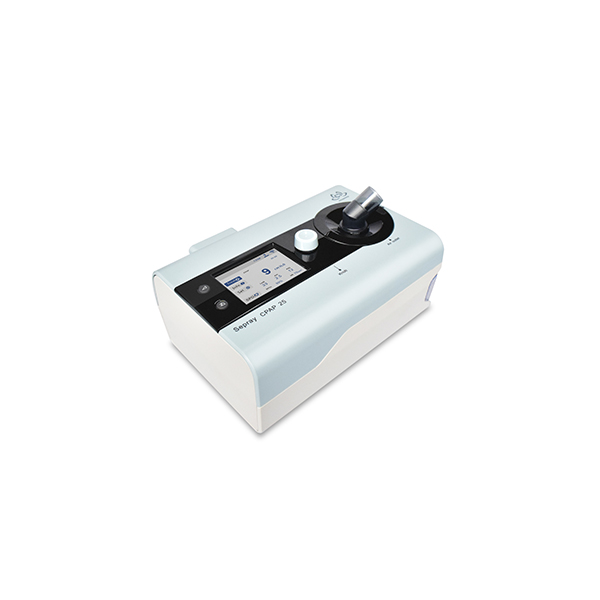Now living conditions are good, many medical-related instruments, such as oxygen generators and non-invasive ventilators, have entered our families, bringing better living conditions to many patients. So, do you really use a non-invasive ventilator at home? Noninvasive ventilation can increase effective ventilation and improve ventilation, thereby improving hypoxia or correcting hypoxia and acid-base imbalance. Non-invasive ventilation can also provide respiratory support for critically ill patients, maintain life, and provide conditions for the treatment and rehabilitation of the disease. He mainly connects the patient and the ventilator through masks and nasal masks. The use of non-invasive ventilator has many advantages. It has less damage to the patient and is more flexible in application. It also retains the functions of swallowing and speaking, so that the patient is more acceptable. There are advantages and disadvantages. Non-invasive ventilator is prone to stomach swelling during use, which can lead to accidental inhalation. In addition, mask leaks can also irritate the eyes and cause harm to the patient. What kind of person is suitable for using non-invasive ventilator? If you have sleep apnea or COPD patients, first you need to go to the hospital for a check. According to the degree of your disease, the doctor will tell you whether it is suitable to use a ventilator.


Maintenance and disinfection of family ventilator:
- After using the mask, it should be disinfected once a week. The mask can be washed with soapy water and dried before use.
- The tubing and humidifier of the ventilator should also be sterilized once a week, soak in chlorine disinfectant for 30 minutes, wash with clean water, and then dry before use, so prepare two sets of ventilator tubing for replacement.
Don't panic if there are some problems when using non-invasive ventilator at home, some problems can be solved at home.
- For example: the air leakage of the mask can be solved by loosening the fixing belt or changing the mask of different models;
- If flatulence occurs, it is more common when the inspiratory pressure is too high, you can try to reduce the pressure;
- Dryness in the nasal cavity or mouth can be solved by using a humidifier;
- When the nose appears red, swollen, painful, and skin ulcers, the fixing band should be loosened.
- Chest discomfort, shortness of breath, severe headache should stop using the ventilator, and get in touch with the doctor, go to the hospital if necessary.
Post time: Jul-14-2020

